One of the biggest obstacles for first-time homebuyers is coming up with a down payment when buying a home. This keeps many people from ever owning a home or it may set back their plans to purchase a home by several months or even years. But what if there was a zero-down mortgage plan in the works? Would that make a difference in the number of people who would be able to afford to purchase their first home?
According to some sources, such a plan is getting ready to take effect. The Senate recently approved a bill that would restore the USDA’s Single Family Housing Guaranteed Loan Program. Actually, the Senate approved to restore the funding for the program, which is known as Section 502. It has been around for quite some time but the funding just has not always been available. When funding is not available, people cannot take advantage of the program. The program is designed to help families with low incomes afford a home by offering low-cost, zero-down payment options for mortgages.
Under the new guidelines, mortgage borrowers would pay an upfront fee of about 3.5 percent of the amount that they borrow. This would be a one-time fee which would go into the program to help keep it self-sustaining and available throughout the year for future borrowers. This fee, however, can be rolled into the mortgage payments so it would still be a zero-down payment situation to help buyers who have no money upfront to buy a home.
Despite its design to help low income families, the USDA program requires buyers to have good credit in order to qualify. Borrowers must also meet certain income limits, including a maximum income of no more than 115 percent of the local median income based on the size of the borrower’s household. For borrowers who have an income that is 80 percent or lower than that of the median income can qualify for this program as well as other programs to help subsidize their loan. In addition, buyers under this program may not be required to pay for private mortgage insurance, or PMI, but the USDA may charge the buyer a yearly fee that is equal to 0.5 percent of the amount of the home loan, which is about the same as paying for PMI.
As for the program itself, it will only fund home purchases in rural areas. This includes homes in townships of less than 10,000 people or small cities with less than 25,000 people. The homes must also be modestly-sized and have a modest cost as well. The average home purchased under this program is around $112,000 so you won’t be buying mansions with the USDA program.
With people jumping to take advantage of the historically low mortgage rates, programs like this are ideal for consumers who simply cannot save up for a down payment right now. Hopefully it will help thousands if not millions of Americans realize the dream of owning a home who would have otherwise given up on the idea.
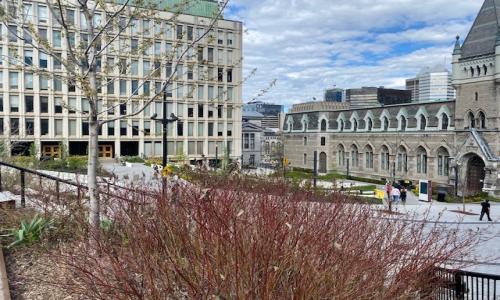



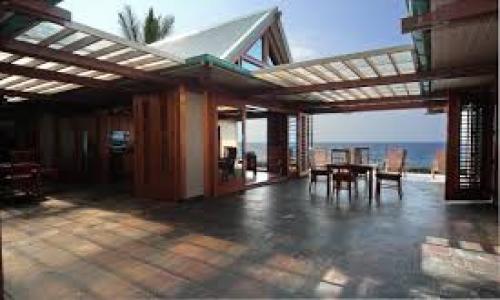
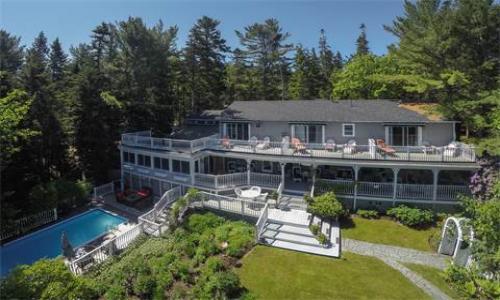

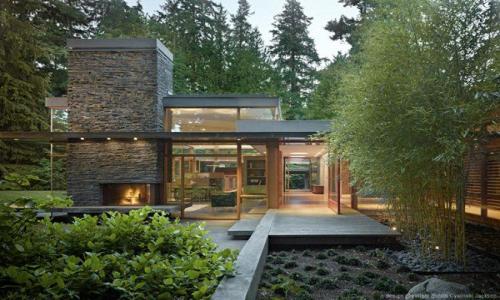
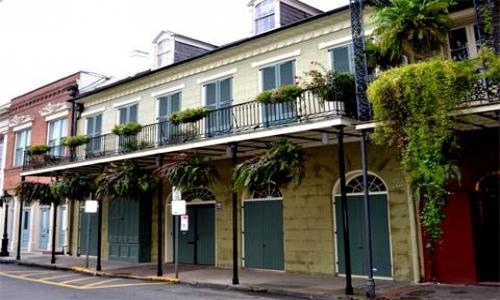




Add your Comment
or use your BestCashCow account